Colorado blue spruce in zone 7 GA???
chueh
15 years ago
Featured Answer
Sort by:Oldest
Comments (24)
Embothrium
15 years agotreeguy123
15 years agoRelated Discussions
Any advice on how to plant/arrange Colorado Blue Spruce please?
Comments (18)I'd be a happy girl if my trees came out looking anything like that (on a smaller scale, of course!) I've ordered 30 Norway Spruce, 20 Colorado Spruce and one Crabapple to help with the kitchen window situation. I changed the plan a little, and will now be doing a large "L" of trees along the north and west sides of the lot, instead of just the north side. I am going to keep looking for a third variety that the road salt won't kill, but with just these 2 kinds, would you mix them up somehow or put all the Norways on the outside, or all the CBS on the outside? I have never planted anything more than one of those Christmas "plant in a box" things and really appreciate all the tips. Thanks!...See MoreColorado blue spruce in alkaline soil
Comments (3)Hey feed the, your post has me a bit confused: If I read correctly, in January(!) of '08, you transplanted this tree, which is now 27 feet tall? If right so far, then this was a rather large tree when it got moved, no? If yes, than it would be expected to see it take some time to get reestablished in its new spot. As such, you may not actually have a problem beyond fairly significant transplant shock which could well be still sorting itself out. Like most here, I de-emphasize fertilizer in most situations. If the tree is in a lawn, I would be surprised if there was not already adequate nitrogen available in the soil. I also do not consider Picea pungens to be an especially problematic species in pH's up to and including your 7.5. Surely this tree is common in your Chicago area. For the most part, I'd say just give it more time to regain its root system. If you do ever get dry in your rain-soaked area, then pay attention to keeping both the original root ball and the surrounding soil moist. That's the biggest thing at this point. +oM...See MoreBaby Blue Colorado Spruce Dying from Top of Leader
Comments (7)Rough handling before it was planted can cause that. By that, I mean putting stress on the trunk by carrying it wrong or bending it by lifting it up so the weight of the rootball bends the trunk. That limits the amount of fluid getting up the trunk. The top is the first to go, just like it was in a drought. I would say there are no insect problems and it will probably recover over time. As to when the injury occurred, who knows? Maybe before you got it, or after. Mike.....02$...See MoreIdeal Privacy Spacing for Norway Spruce and Blue Spruce in Zone 5A
Comments (4)Depending on your location Picea pungens may not be the option for a long and healthy screen due to the needle diseases they are subject to in humid climates. Replace with Picea omorika. My Picea abies screening is 18' on center. Picea omorika ranges from 13 to 15' on center....See Morejeff_al
15 years agodavidrt28 (zone 7)
15 years agotreeguy123
15 years agodavidrt28 (zone 7)
15 years agorhizo_1 (North AL) zone 7
15 years agotreeguy123
15 years agobengz6westmd
15 years agodavidrt28 (zone 7)
15 years agojohnsokw
7 years agojohnsokw
7 years agodavidrt28 (zone 7)
7 years agolast modified: 7 years agoedlincoln
7 years agodavidrt28 (zone 7)
7 years agobrandon7 TN_zone7
7 years agoedlincoln
7 years agolast modified: 7 years agojohnsokw
7 years agodavidrt28 (zone 7)
7 years agolast modified: 7 years agodavidrt28 (zone 7)
7 years agolast modified: 7 years agodavidrt28 (zone 7)
7 years agobengz6westmd
7 years agoedlincoln
7 years ago
Related Stories
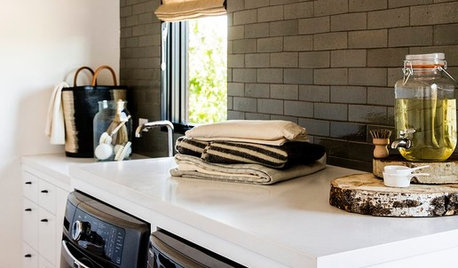
HOUSEKEEPINGClean Up Your Cleanup Zones
Make chore time more pleasant by tidying up your laundry room and updating cleaning tools
Full Story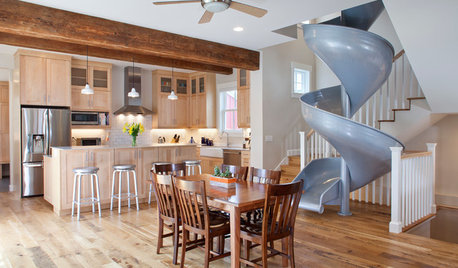
DINING ROOMSNew This Week: 6 Modern Dining Zones in Homes Big and Small
Look to splashy accent walls, right-sized tables and indoor slides to make the most of your open layout
Full Story
DECORATING GUIDES7 Bedroom Styling Tricks Anyone Can Do
Short on time or money? You can spruce up your bedroom quickly and easily with these tips
Full Story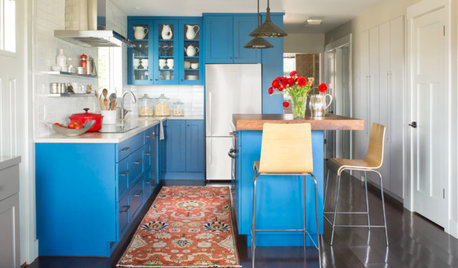
COLORFUL KITCHENSKitchen of the Week: High-Altitude Kitchen Bursting With Blue
A modest-size space gets a cheerful and smart update that improves flow and adds storage space
Full Story
LANDSCAPE DESIGN7 Great Trees for Summer Shade and Fall Color
These landscape-pro faves straddle the seasons beautifully. Could one enhance your own yard?
Full Story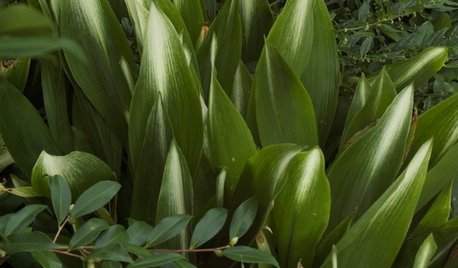
LANDSCAPE DESIGN7 Evergreen Wonders of the Plant World
Year-round interest, structure and beautiful color? These top-notch evergreens have gardens covered
Full Story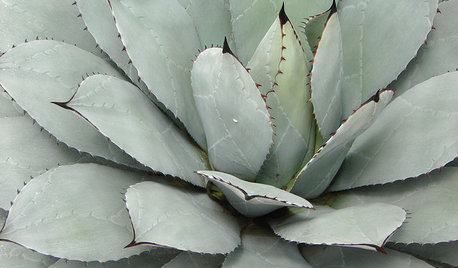
FOLIAGEGet a Cool Garden Look With Gray and Blue Plants
Looking for plants that calm with color in the heat of summer? Look no further than these 14 soothing beauties
Full Story
GARDENING GUIDES7 New Plants to Grow for Beautiful Foliage
Add color, structure and interest to your garden with these recently introduced plants that sport exceptional foliage
Full Story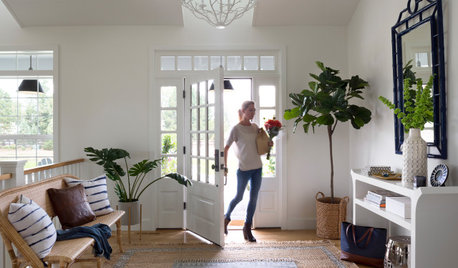
HOUSEKEEPING7-Day Plan: Get a Spotless, Beautifully Organized Entry Hall
Take your entry from scuffed up to spiffed up — restoring total cleanliness and order in just a week
Full Story
LANDSCAPE DESIGNThe 7 Best Plant Types for Creating Privacy and How to Use Them
Follow these tips for using different kinds of plants as living privacy screens
Full Story






bengz6westmd